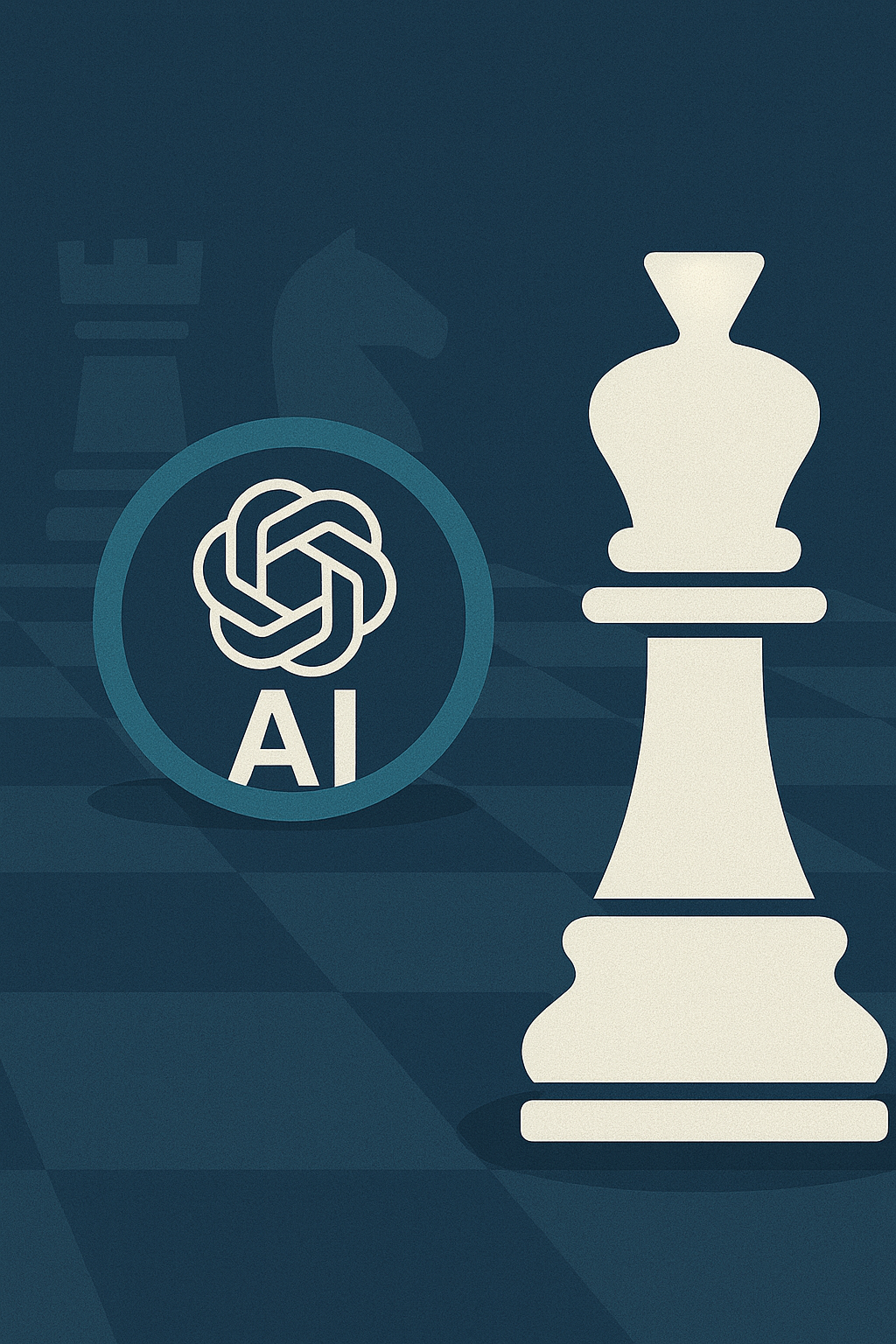The productivity gains from AI connectors are undeniable. Your teams can move faster, make smarter decisions, and automate routine work. But for leaders, the conversation can’t stop at “what’s possible.” We also have to ask: “How do we implement this safely, strategically, and with an eye toward the future?”
This guide is for the leaders—the CTOs, CIOs, and VPs—tasked with navigating the complexities of enterprise AI.
The Tech Explained: Convenience vs. Control (Managed RAG)
First, it’s important to understand what a “connector” really is. Technically, it’s a form of Retrieval-Augmented Generation (RAG). Think of RAG as an “open book” exam for AI. Instead of guessing answers from its training data (which can lead to hallucinations), the AI first looks up the correct information in your company’s documents to give a grounded, accurate, and up-to-date response.
You have two paths for implementing RAG:
- Connectors (The Easy Button): This is “Managed RAG.” OpenAI handles all the complex parts—data ingestion, embedding, the vector database—in a proprietary black box. It’s perfect for rapid deployment for most business needs, especially for teams without dedicated AI engineers.
- Traditional RAG (The Pro Build): Here, you build and control every component yourself. This path offers maximum customization and data sovereignty (i.e., on-premise solutions). It’s the right choice for highly specialized domains like legal or medical, or for optimizing cost and performance at a massive scale.
The Governance Playbook: How Not to Get Fired
Connecting your company’s data to a third-party AI is powerful, but it comes with significant risks if not managed properly. The AI is only as secure as the permissions it’s granted. Here is our essential governance playbook.
The Winning Strategy ✅
- Start Small: Don’t go enterprise-wide on day one. Run a controlled pilot in one tech-savvy department to identify risks.
- Audit Permissions First: This is your most critical defense. Before connecting anything, enforce the “principle of least privilege” for all user accounts. If a user doesn’t need access to a file, they shouldn’t have it.
- Set Clear Rules: Publish an official AI Acceptable Use Policy. Define what data is off-limits (PII, trade secrets) and mandate that employees fact-check AI-generated outputs.
- Use Built-In Controls: Immediately configure Role-Based Access Controls (RBAC) and IP Allowlisting within your ChatGPT Enterprise admin console.
Game-Losing Mistakes ❌
- Ignoring “Permission Sprawl”: Connecting a user account that has overly broad permissions gives the AI the keys to the kingdom. This is how major data leaks happen.
- Blind Trust: The AI will deliver flawed information from bad source data with 100% confidence. “Garbage In, Gospel Out” is a recipe for disaster.
- Forgetting Prompt Injection: Malicious actors can hide commands inside documents. When an AI reads the document, it can be tricked into executing the command and exfiltrating data.
The Endgame: An “App Store” for AI
The true future lies in creating an open standard where any tool can talk to any AI. This is the goal of emerging technologies like the Model Context Protocol (MCP), which acts like a universal “USB-C port for AI.” This will enable advanced, autonomous AI agents that can not only retrieve data but also take actions, ask clarifying questions, and reason recursively.
Planning for this future starts now, with a robust strategy built on a foundation of security, governance, and a clear understanding of the technology.


